Large potted plants that will take FULL sun at altitude?
cyndigo
14 years ago
Related Stories
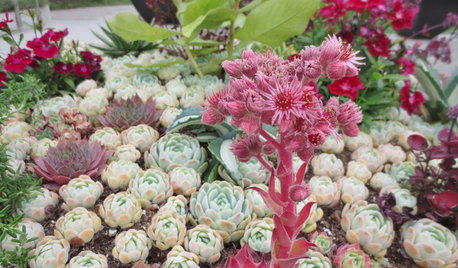
GARDENING GUIDESAlpine Plants: High Performers at Low Altitudes Too
So Heidi and the goats aren't your neighbors. Alpine plants can be lovely and low maintenance on difficult sites beyond the mountains
Full Story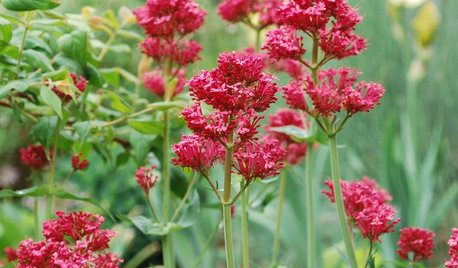
GARDENING GUIDES6 Lovely Water-Wise Perennials for High Altitudes
Even if your climate is cold and dry, you can still celebrate spring with these hardy and colorful perennials
Full Story
GARDENING GUIDES10 Drought-Tolerant Shrubs That Thrive in Full Sun and Reflected Heat
Got a hot spot in your garden where plants often die? Try these tough shrubs that add beauty while shrugging off the heat
Full Story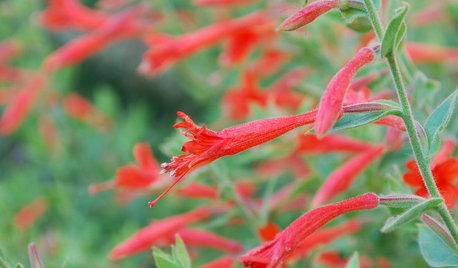
SUMMER GARDENING6 Water-Wise Perennials for Blazing High-Altitude Summers
Scorching weather and high elevations don't have to mean scraggly plantings. These blooms are as gorgeous as they are tough
Full Story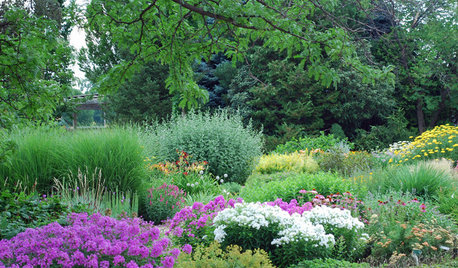
LANDSCAPE DESIGNTake Your Garden on a Rural Route With Plant-Dominant Designs
Let plants take center stage for a garden that recalls idyllic pastures fashioned by nature's hand
Full Story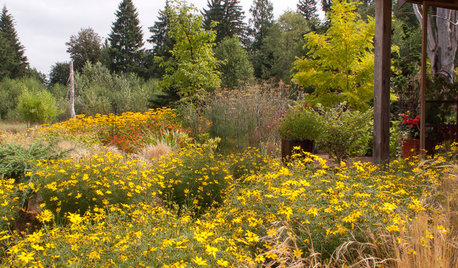
FLOWERSGreat Design Plant: Zagreb Tickseed Takes Care of Itself (Almost)
Get colorful drama along with deer resistance, drought tolerance and low maintenance — plus a butterfly or two
Full Story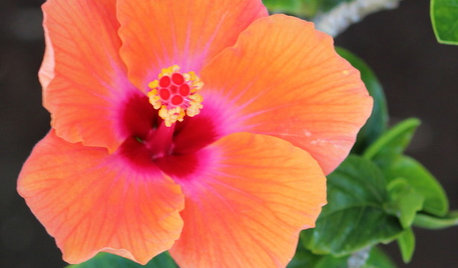
GARDENING GUIDES8 Take-Home Planting Ideas From Hawaii's Big Island
Bring the tropical spirit of Hawaii to a mainland garden — for a summer or even longer
Full Story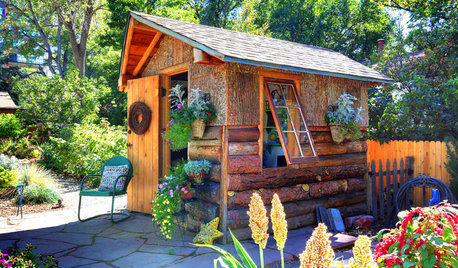
SUMMER GARDENINGPhoto Gallery: Summer Gardens Take a Bow
Home gardeners amazed us with photos of their flower beds, sheds and outdoor rooms. Take a look and get ideas for fall planting time
Full Story
CONTAINER GARDENSSolve Your Garden Border Dilemmas With Planted Pots
Set your containers free from the patio — placed among plantings in the ground, they fill unsightly gaps, let you experiment and more
Full Story
CONTAINER GARDENSContainer Garden Basics: How and When to Water Potted Plants
Confused about soil moisture, the best time to water and what watering device to use? This guide can help
Full Story






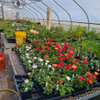
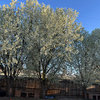
mooseling
ion_source_guy
Related Professionals
Reading Landscape Architects & Landscape Designers · Windham Landscape Architects & Landscape Designers · Oatfield Landscape Architects & Landscape Designers · Matthews Landscape Contractors · Bell Gardens Landscape Contractors · Bloomington Landscape Contractors · Brownsville Landscape Contractors · Burlington Landscape Contractors · Choctaw Landscape Contractors · Euclid Landscape Contractors · North Highlands Landscape Contractors · Plymouth Landscape Contractors · Tehachapi Landscape Contractors · North Aurora Landscape Contractors · Los Angeles Solar Energy SystemsDan _Staley (5b Sunset 2B AHS 7)
polygonum_tinctorium
cyndigoOriginal Author
nancy_in_co
nancy_in_co
abq_bob
cyndigoOriginal Author
Skybird - z5, Denver, Colorado
cyndigoOriginal Author
abq_bob
Skybird - z5, Denver, Colorado
thralen
cyndigoOriginal Author
Skybird - z5, Denver, Colorado
cyndigoOriginal Author
Skybird - z5, Denver, Colorado
fabaceae_native